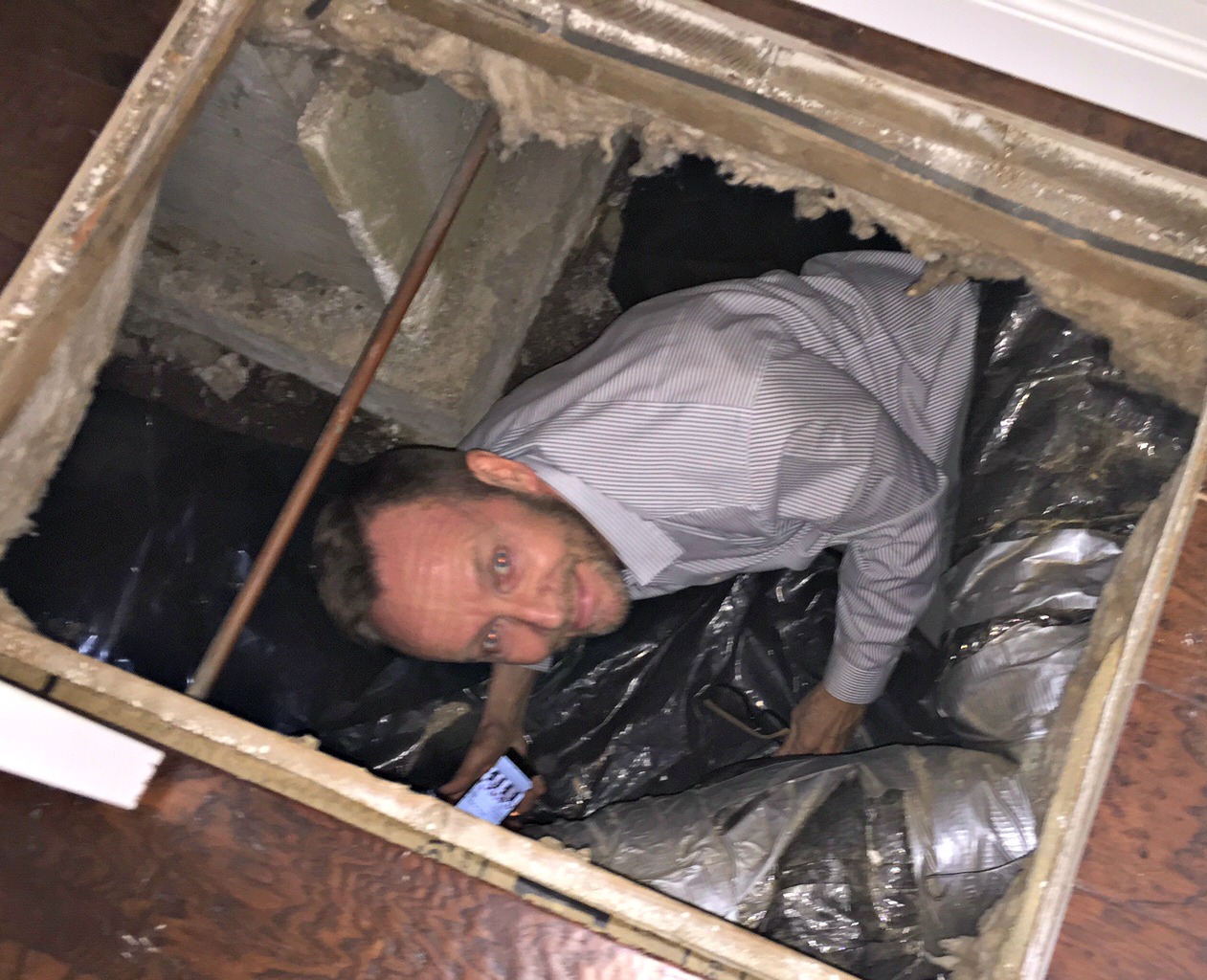7 Things to Look for When Shopping for a New Home
When you are kicking the tires on a new home, you’re probably most interested in certain amenities. Does it have an extra bathroom, a fireplace, or a wooden deck? But you should also consider is how much the home will cost to live in each month. Put another way: what will your energy bills look like?
We are helping create a program that will help answer that crucial question. It’s called Home Energy Performance Scores. A home energy score provides a single-digit rating of a home in terms of its energy use and efficiency, similar to an Energy Guide label for water heaters. A score can help homeowners better understand how their home rates compared to other homes in the region.
When the program gets fully implemented, certified professionals will evaluate home performance and issue a score, much like an appraiser evaluates a potential home’s overall market value. In the meantime, here are seven things to consider when looking at your potential new home.
- Look for air leaks around windows and doors. If leaks are noticeable, an air-sealing contractor can help identify where all the leaks are and seal them. If ductwork is being used to distribute warm/cool air, the duct system needs to be checked and sealed, too.
- Check for properly insulated attics, floors and walls. We recommend insulating to at least energy code, which currently is R-38 for attics, R-30 for floors and R-21 for walls. The higher the R-value, the better.
- Look for energy-efficient windows and doors. The lower the U-value, the better. Windows should be no more than 0.35 and doors no more than 0.20.
- Make sure the heating and cooling system is well-maintained. Filters should be relatively clean and replaced regularly. Red flags for the ductwork are kinks in the system, use of duct tape, and unsealed joints. The top professionals use a putty-like mastic and/or a foil tape to seal these systems.
- If you see ENERGY STAR appliances, that’s a sign that a previous owner cared about energy efficiency and/or energy bills.
- Check for low-energy lighting systems. The presence of CFLs and LEDs demonstrate an effort has been made toward energy conservation.
- Look for a programmable, digital thermostat. This will allow you to heat and cool the home only when needed.
“Any home that has these seven items checked off is going to save on future energy bills,” says Roger Kainu, a home energy analyst for the Oregon Department of Energy.

Already moved into your dream home? The checklist above is still handy to help you prioritize any energy efficiency improvements. And even if you’re a renter, you can still seek out ways to save energy. Start here for 10 Tips to Save Energy and Money if You Rent.
If you still have questions, just give us a call at 800-221-8035 and ask to speak to our home energy analyst.
For more information about how Oregon is progressing toward Home Energy Performance Scores, please visit www.oregon.gov/energy/At-Home/Pages/HEPS.aspx and/or listen to our podcast on the subject.
Contact: Cliff Voliva, 503-378-3637

